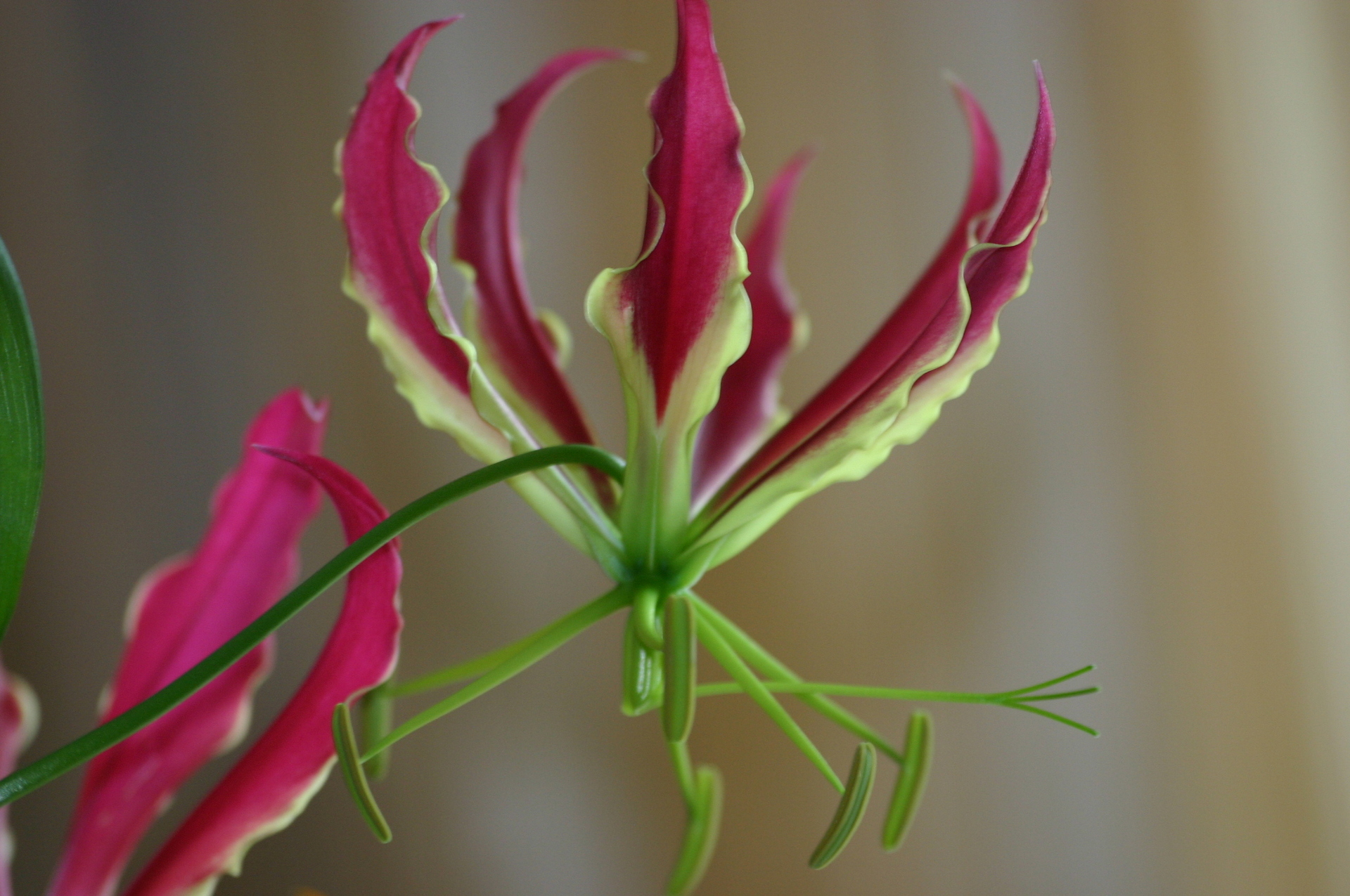
All about Gloriosa Lilies
The Gloriosa Lily really lives up to its name with its truly exquisite appearance. The petals face upwards and they are a striking shade of pink. This makes them a great choice for occasions like weddings and important birthday parties. For the bride, you need only bundle a few of these blooms together and she has a superb bouquet to carry down the isle and eventually toss to a lucky lady. When choosing these flowers, however, it’s important to make sure that you understand their needs so that you can keep them as fresh as possible for as long as needed.
Native to the more tropical parts of Africa, like Zimbabwe, this flower has grown in popularity As a result, it is also cultivated in Australia and even Holland. Usually each stem is sold with at least one fully opened flower and some partially opened blooms. This way, even when the main, opened flower perishes, the other flowers will be open and your bouquet will still look full and lovely.
Due to their natural love for the tropics, it’s good to remember that they enjoy similar conditions even as cut flowers. So, you need to make sure that the vase never runs out of water and this water needs to be changed on a regular basis to prevent bacterial growth from killing the flowers. Flower food is also a good idea because if provides the flowers with nutrients while keeping bacteria from growing too quickly in the vase water. Since these flowers prefer warmer conditions, you should avoid placing them in a fridge for storage. They are far better off on a table, in some fresh water, and you can mist them lightly too.
In order to grow these flowering plants, you will need to provide them with artificial tropical conditions. The soil needs to be moist and the air conditions need to be humid too. If the air is too dry or if the plant gets too cold, it will fail to thrive or even die. They also need to be planted at least 6 inches apart in order to allow enough room to grow. It’s also to ensure that each plant receives the nutrients it needs. If they are all competing for food in the same small patch of soil, it will result in one or more of these plants perishing.
